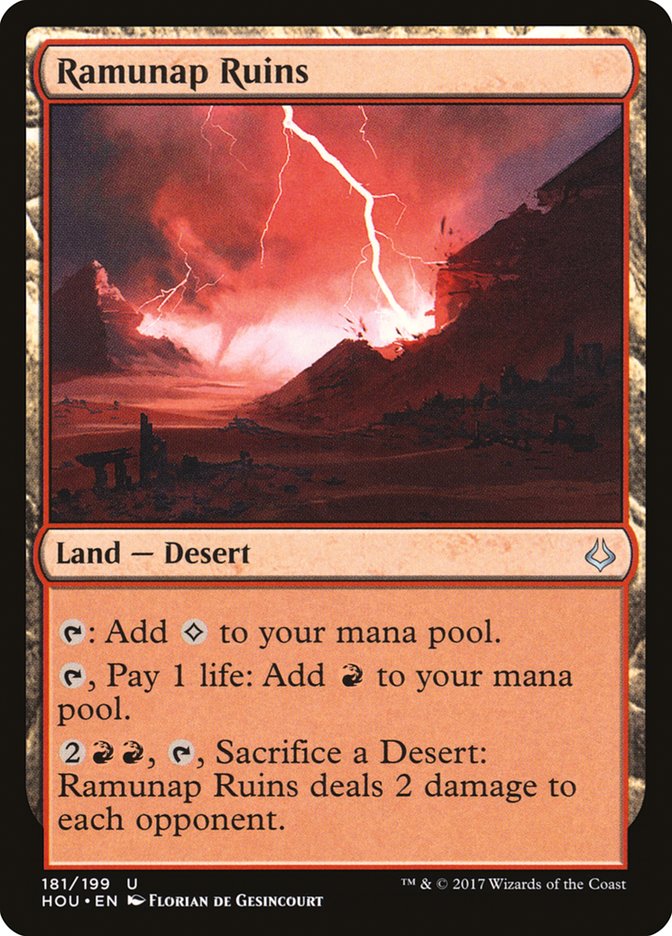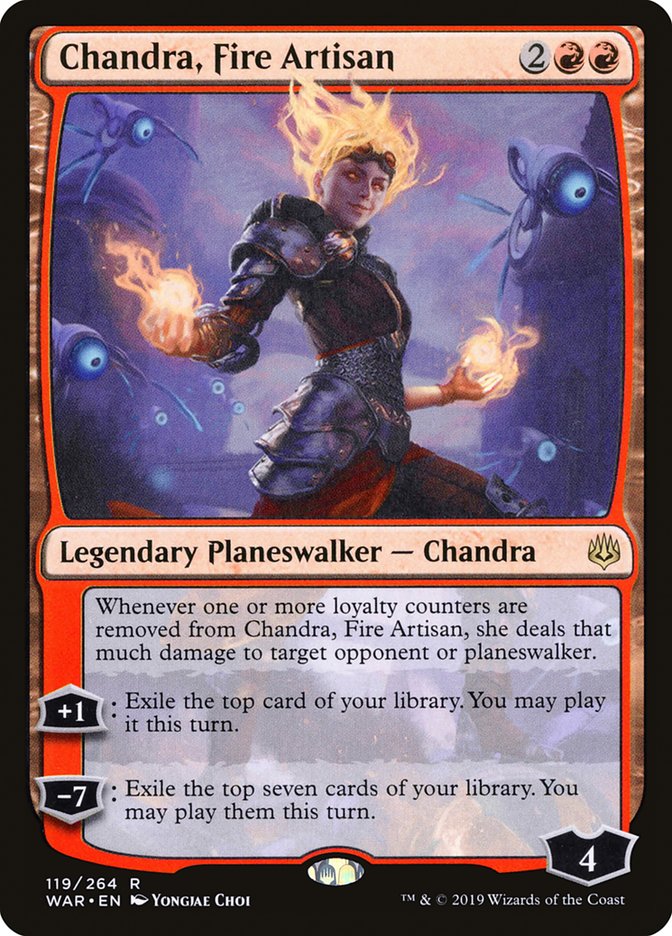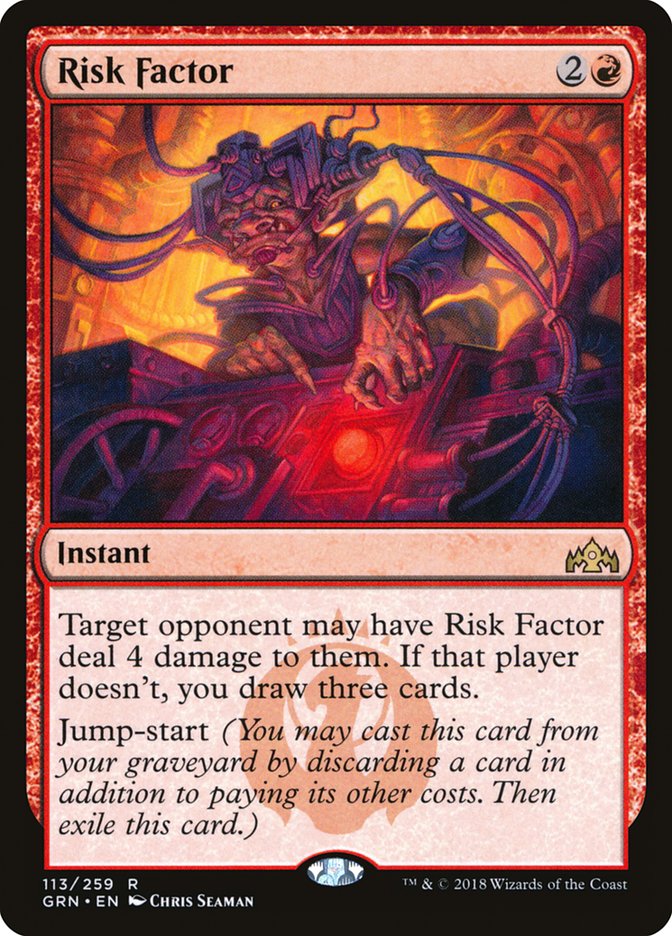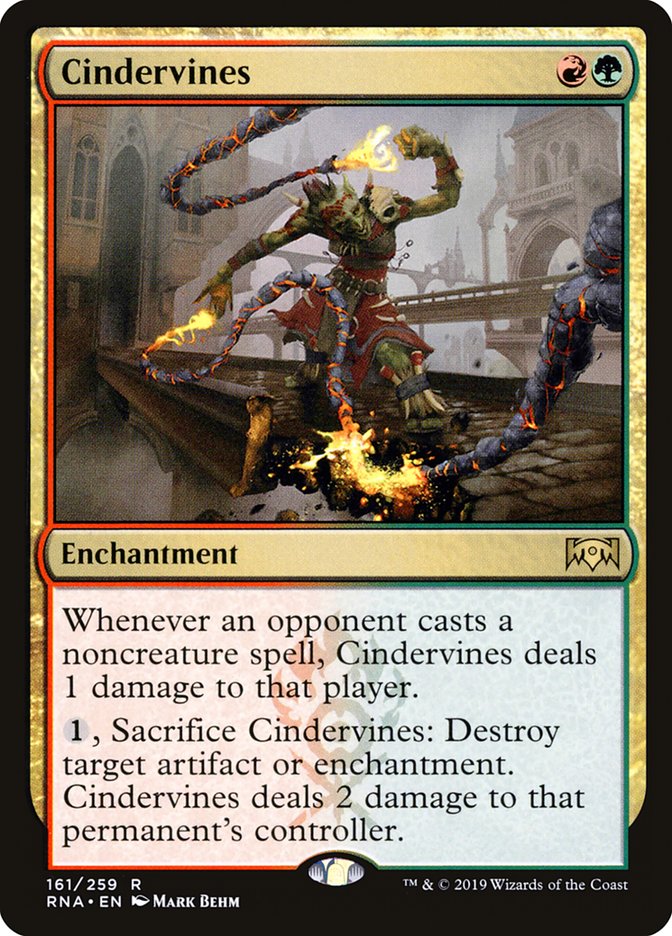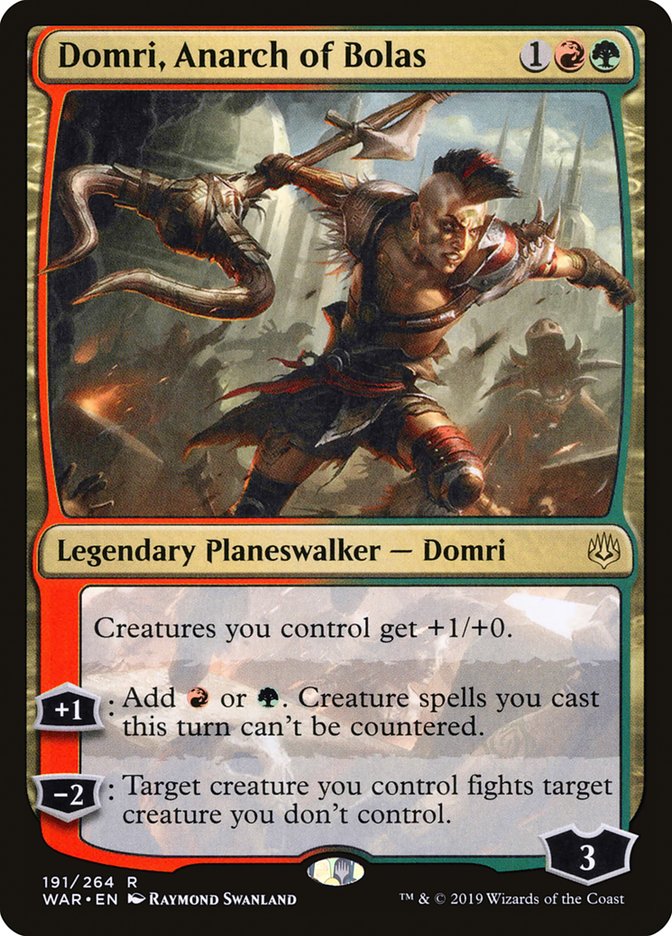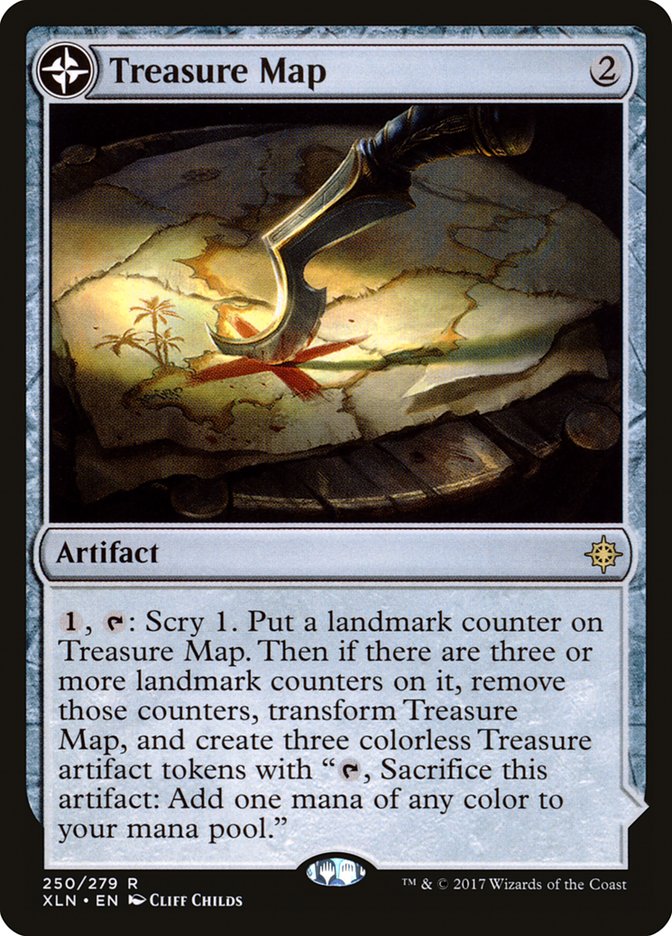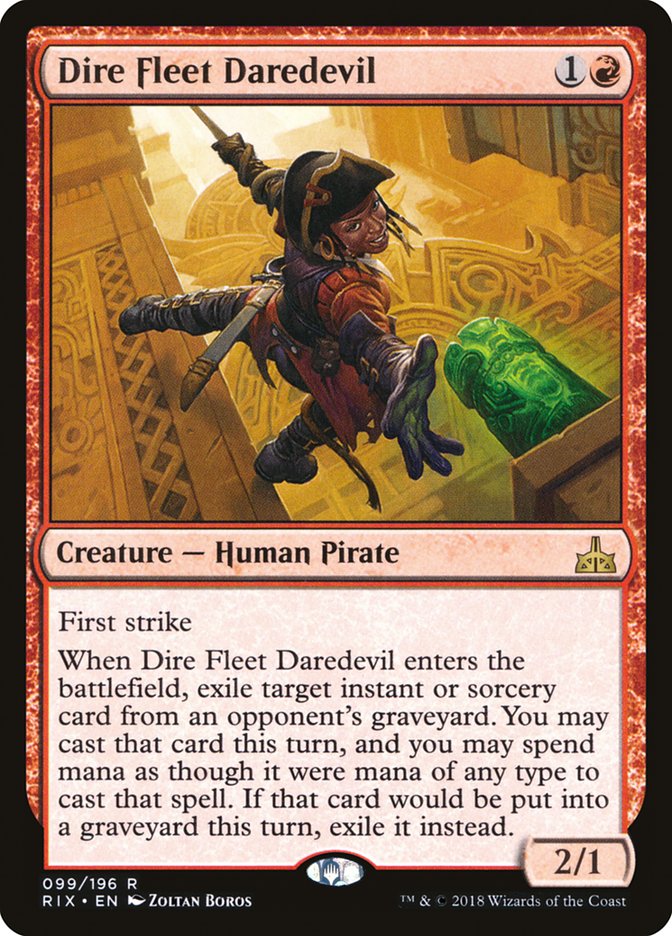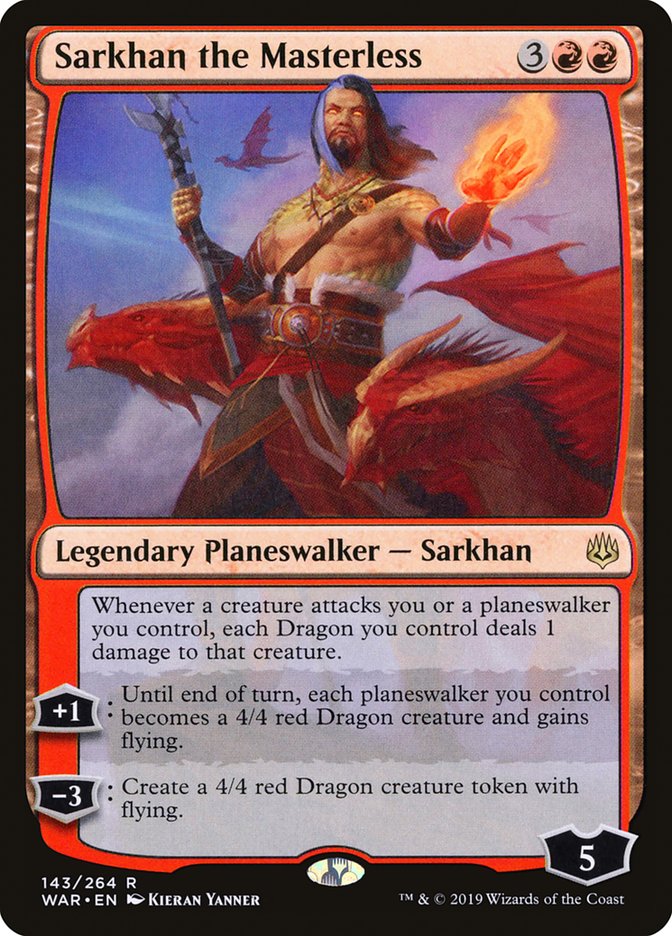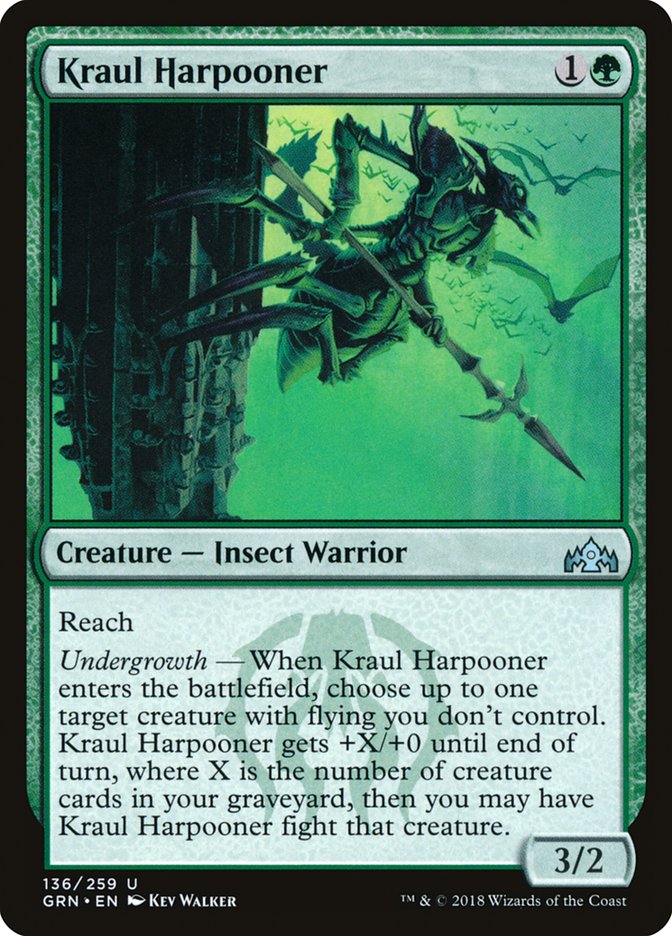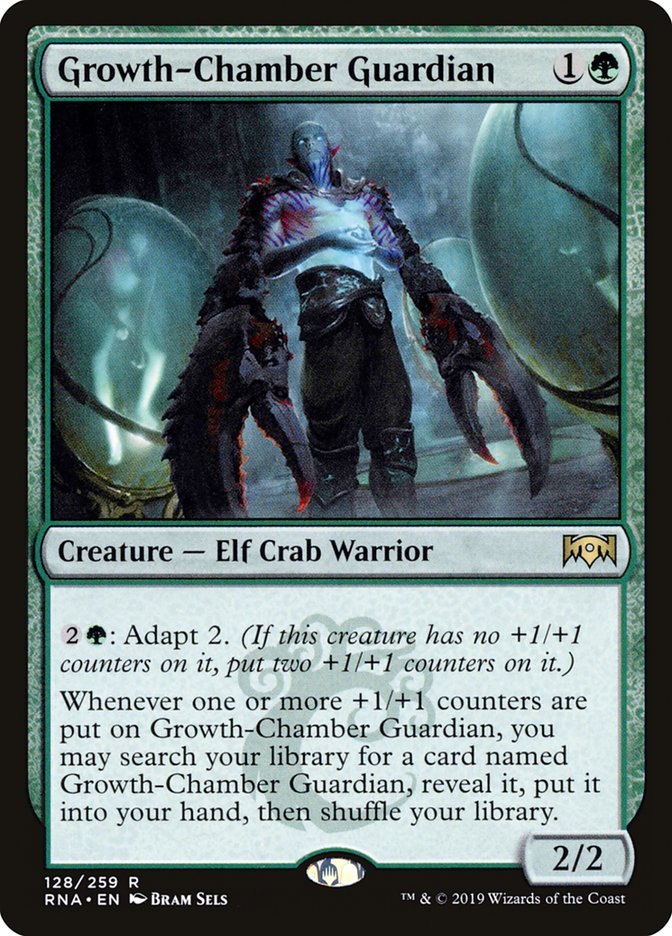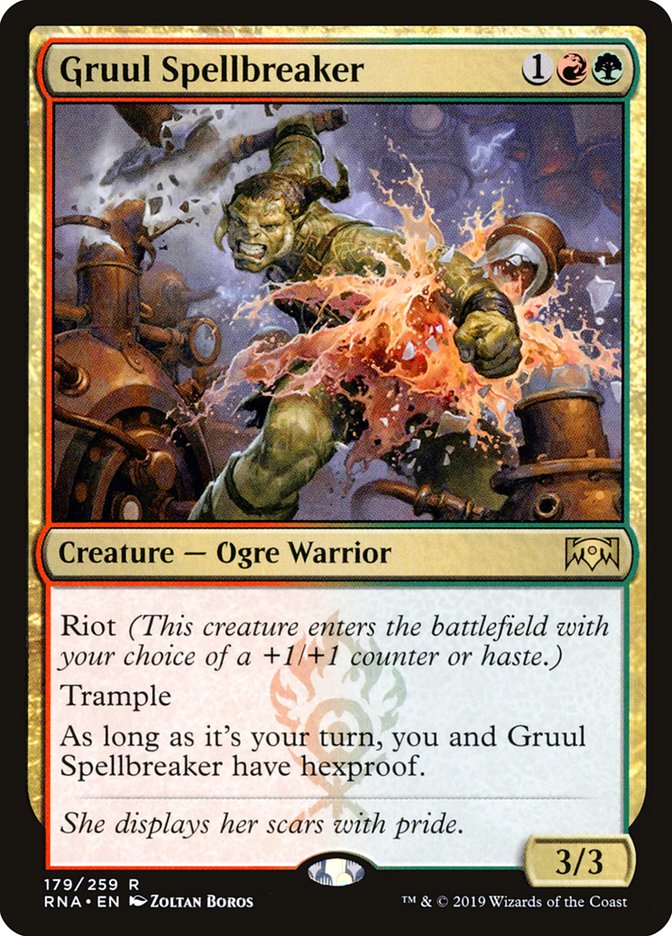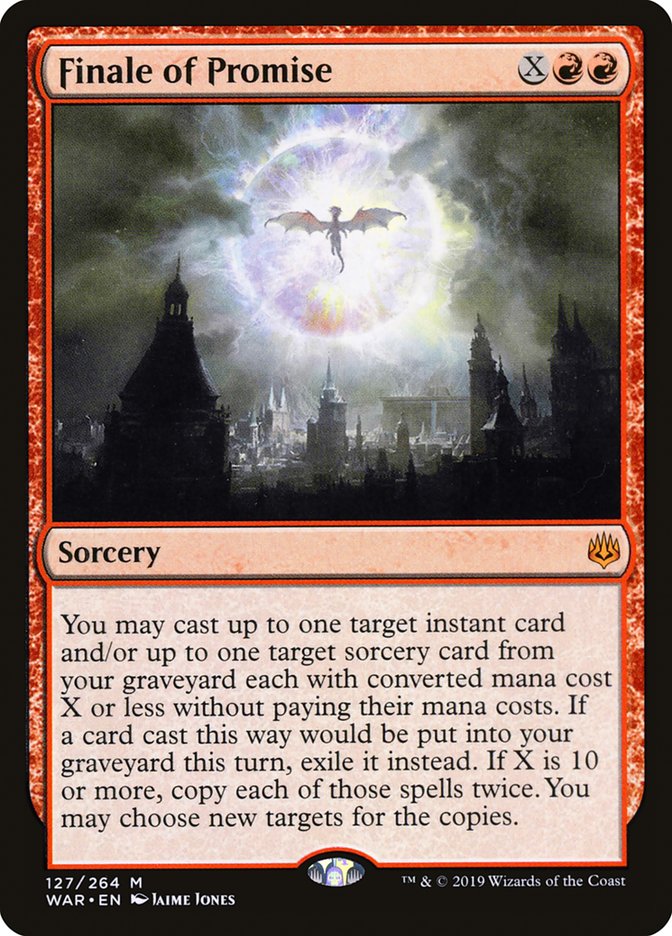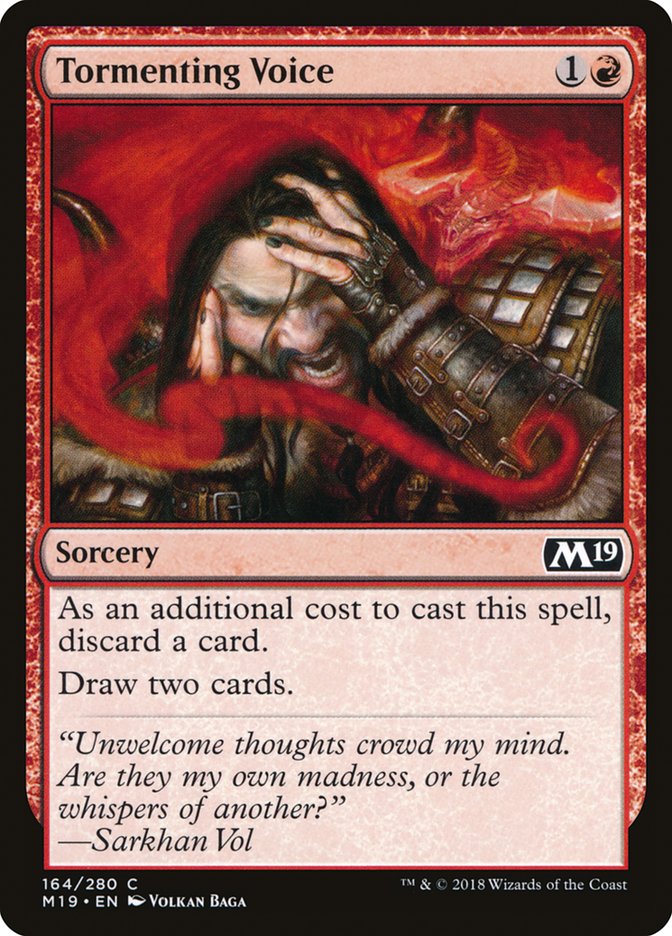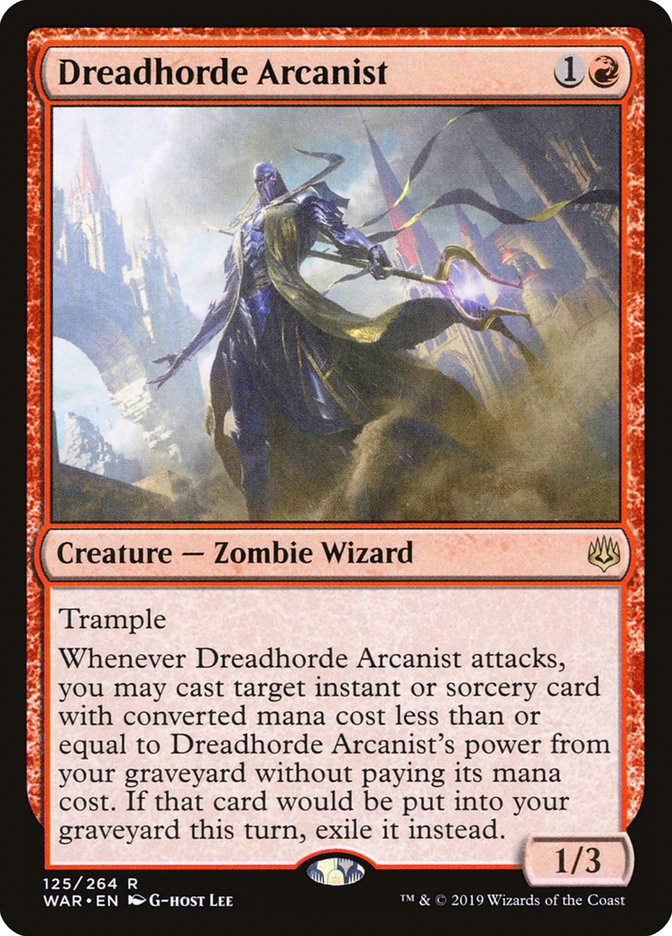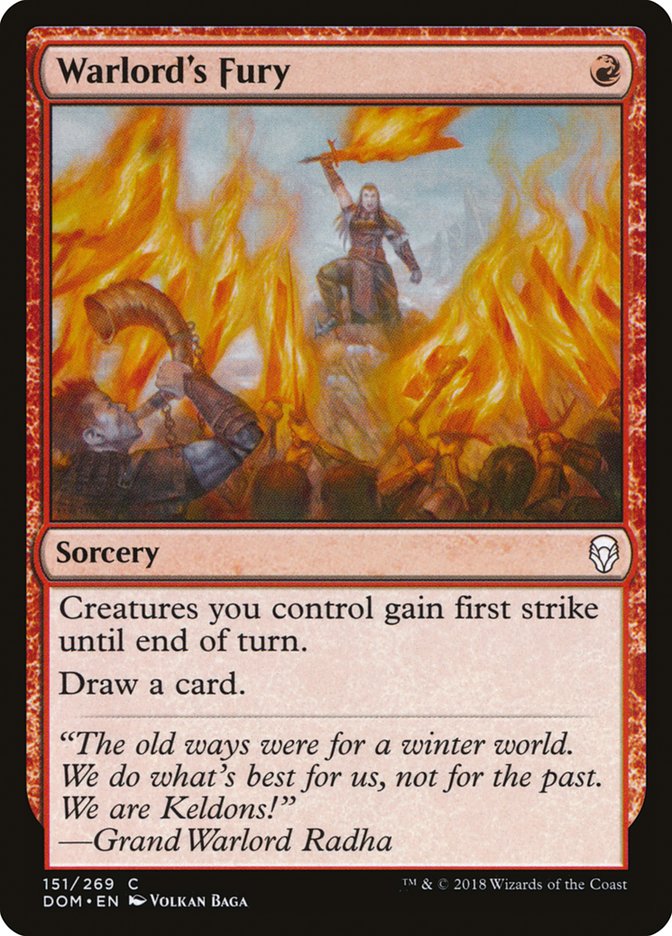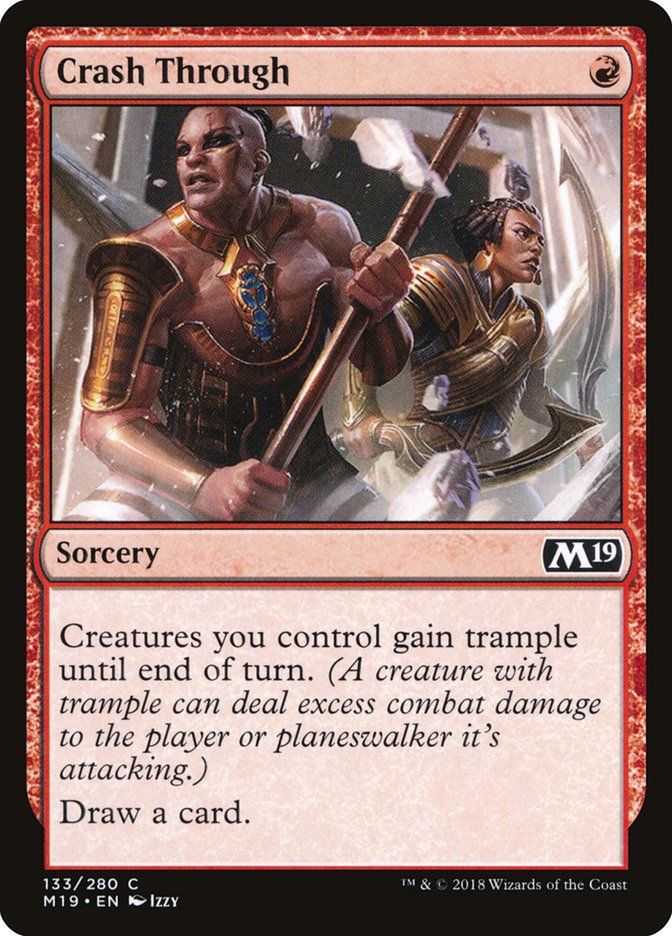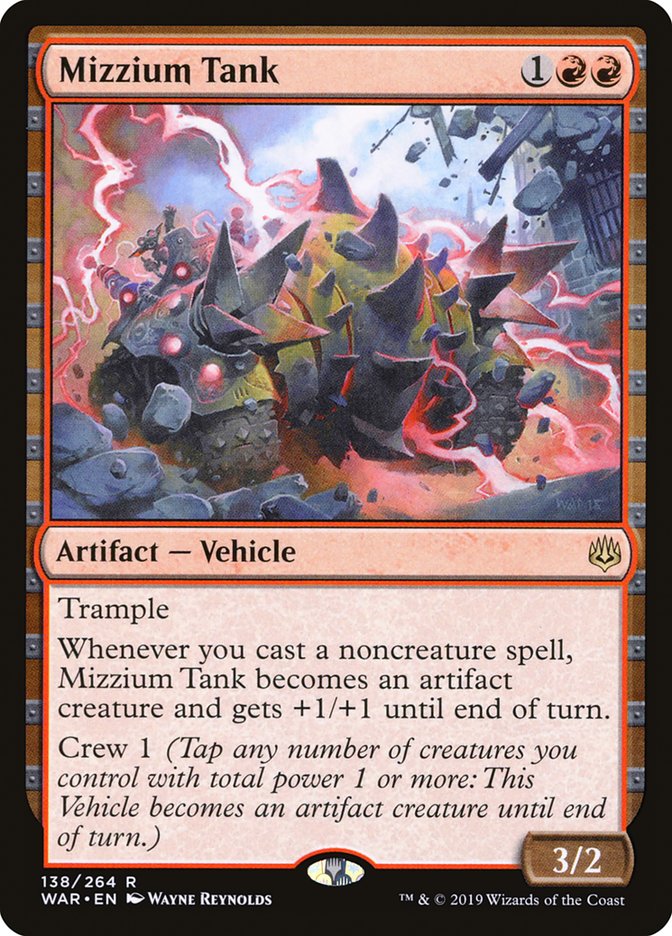Almost two years ago, I wrote about how deep Mono-Red was in Battle for Zendikar through Hour of Devastation Standard. It was a notably large Standard that included eight sets and occurred right before a rotation once Ixalan dropped. I won that weekend’s Team Constructed Open was won with Standard Mono-Red Aggro. A weekend later at Pro Tour Hour of Devastation, Paulo Vitor Damo da Rosa won with Mono-Red Aggro, while five other Mono-Red Aggro versions joined him in the Top 8.
History tends to repeat itself. There are currently seven sets in Standard. With every set added, Mono-Red Aggro gets stronger, with Red’s final form on track to peak after Core Set 2020 hits the shelves. The price of having a sleek manabase comes at the cost of card selection and power when Standard is small. When the Standard format is large, monocolored decks gain better cards to compete with the multicolored decks.
This past weekend’s Open in Richmond was won by Mono-Red Aggro in the hands of Will Pulliam. Not only that, but also second and third place were Mono-Red Aggro as well, all with slightly different takes on the top-end.
Creatures (20)
- 4 Fanatical Firebrand
- 4 Ghitu Lavarunner
- 4 Goblin Chainwhirler
- 4 Viashino Pyromancer
- 4 Runaway Steam-Kin
Planeswalkers (4)
Lands (20)
- 20 Mountain
Spells (16)

Creatures (20)
Spells (40)

Creatures (20)
Spells (40)

A big point of contention from last weekend’s Standard Open was, “How good is the new Chandra?”
Pulliam decided that a full four maindeck was the right way to go and ultimately left the building with the trophy. Does that mean it’s the best moving forward?
An Experimental Frenzy on top of your library while you have an Experimental Frenzy already on the battlefield means you must spend four mana to continue, and a total of eight mana if you ever want to get rid of them to use your hand again. Chandra’s +1 is similar, as I saw Pulliam reluctantly cast an exiled Chandra just to dig another card deeper with the newly cast Fire Artisan. However, with one Chandra and one Experimental Frenzy, you can filter the top of your library with Chandra’s +1 whenever you run into the second Mountain on top of your library.
Risk Factor competes with Chandra and Experimental Frenzy for maindeck inclusion. For some, like Collins Mullen, Risk Factor is appealing from a simplistic standpoint. Sure, sometimes the opponent will continually pay four life and it’ll seem like Risk Factor did nothing that game. Other times it’ll essentially deal eight damage for one card against opponents who are soft against it, until it turns into a “draw-three,” at which point the game cascades away from the opponent. I’ve personally enjoyed the lower land counts of the Risk Factor versions compared to needing to hit the fourth mana for Experimental Frenzy or Chandra.
A strength of Mono-Red is that each of these cards appeal to different players and styles. Opponents of Mono-Red also must be wary of each of them during the first game as well as during sideboard games, even though Mono-Red players tend to one have one of the above during Game 1.
As if all the possible red options weren’t enough, opponents need to worry about small splashes as well when they sit down across from a red player.
Creatures (20)
- 4 Fanatical Firebrand
- 4 Ghitu Lavarunner
- 4 Goblin Chainwhirler
- 4 Viashino Pyromancer
- 4 Runaway Steam-Kin
Lands (8)
Spells (32)

Michelle Tanner brought a green splash to SCG Richmond, good for 20th place. The key inclusions were Cindervines and Domri, Anarch of Bolas. Cindervines is a nice tool against Simic Nexus that serves the dual role of dinging them when they cast a pile of spells and sitting around to destroy a problematic Wilderness Reclamation or Search for Azcanta.
Domri, Anarch of Bolas provides a constant +1/+0 to your creatures, which is nice when opponents sideboard in sweeper effects against you. Adding mana is nice when you sideboard into more four-mana cards like Rekindling Phoenix. Your creatures being uncounterable is great versus Absorb and the like.
Will Pulliam, Collins Mullen, Ethan Gaieski, Michelle Tanner, and others all played mostly traditional takes on Mono-Red Aggro to their successes at SCG Richmond. That doesn’t mean that particular core is the only shell in which Mono-Red exists.
Creatures (16)
Planeswalkers (6)
Spells (38)

Chandra or Experimental Frenzy? Why not both?
Four-drops are much more palatable with 22 Mountains. They work so well together that they pair to become Big Red’s primary plan, while posturing in the early-game like a typical Mono-Red Aggro deck.
Treasure Map continues with the Chandra and Experimental Frenzy plan, both to find the key pieces and as a part of the engine itself, allowing you to scry unwanted cards to the bottom while you’re going off. Many decks will sideboard against the creatures of Mono-Red while not necessarily giving the noncreature spells due attention. Negate, Dovin’s Veto, and various Disenchant effects sometimes get sideboarded in, but not always. Treasure Map further catches opponents off-guard.
Dire Fleet Daredevil teams with Goblin Chainwhirler to create a wall of first strike damage that’s difficult for ground creatures to penetrate to hit your planeswalkers. The Human Pirate serves as mid- to late-game card advantage and can even serve as a portion of a land drop when it can snag an Opt.
Sarkhan the Masterless is the new top-end of Big Red. At minimum it’s a 4/4 flying Dragon token for 3RR that threatens future value. Combined with Chandra, you can swing for upwards of twelve flying damage quickly out of nowhere. The one damage from Sarkhan’s passive ability also combines well with the aforementioned wall of first strike that Dire Fleet Daredevil and Goblin Chainwhirler offer.
Is pure Mono-Red the only way to get those Goblin Chainwhirlers down? Unclaimed Territory allows for some creative creature splashes.
Creatures (29)
- 4 Rekindling Phoenix
- 4 Dire Fleet Daredevil
- 4 Goblin Chainwhirler
- 4 Legion Warboss
- 2 Kraul Harpooner
- 4 Gruul Spellbreaker
- 4 Growth-Chamber Guardian
- 3 Ilharg, the Raze-Boar
Lands (13)
Spells (18)

Gruul Warriors is mostly a Mono-Red deck that sports a manabase capable of always casting Goblin Chainwhirler on demand. The glue here is Unclaimed Territory, which can cast not only Goblin Chainwhirler but a variety of useful green creatures as well, all of which have the Warrior subtype.
The green creatures provide another powerful dimension that the other red decks don’t have. Kraul Harpooner shoots down various flying creatures, Growth-Chamber Guardian gives you longevity against decks trying to pick apart your creatures one by one, and Gruul Spellbreaker is great all around as a 3/3 haste threat or a 4/4 for only three mana (and is also insurance against Settle the Wreckage).
I wouldn’t mind seeing a basic Forest in the sideboard, as Cindervines; Domri, Chaos Bringer; and both Viviens require actual green mana to cast, which Unclaimed Territory won’t help with. The matchups, like Simic Nexus and Esper Control, where you’d want these grindy noncreature sideboard cards are spots where Goblin Chainwhirler is weak and would get sideboarded out, mooting the previous problem basic Forest had with The Chainwhirler.
Let’s check out a fun little deck that I’ve been toying around with on Magic Arena.
Creatures (12)
Lands (8)
Spells (40)

This is an Arclight Phoenix deck with a twist. There are plenty of cheap spells to cast like Crash Through and Warlord’s Fury to hit the three-spell limit to return your firebirds. The real hotness here is Finale of Promise.
The red Finale casts two spells from your graveyard that cost X or less. Oftentimes, with a Shock or Samut’s Sprint, X equals one. Finale of Promise casts those spells, meaning you can recur those pesky flappers from just a single card!
Tormenting Voice and Rix Maadi Reveler are your discard outlets to pitch Arclight Phoenix. They’re also nice to pitch excess lands to; even though this is a nineteen-land deck, you tend to flood later on due to all of the cantrips. Later on, the Rix Maadi Revelers hit their spectacle alternate cost when combined with a Shock or creature poke, so you’re not cold if the opponent survives your early assault. Risk Factor serves as a discard outlet in a pinch as well.
Between Shock, Warlord’s Fury, and Crash Through, there tend to be enough one-cost cards to make Dreadhorde Arcanist worthwhile. Samut’s Sprint is a way to blindside the opponent by granting Dreadhorde Arcanist haste the turn you cast it, as well as pumping the Arcanist’s power so you can cast bigger spells like Lightning Strike or Tormenting Voice from the graveyard.
Mizzium Tank is a neat little card that works well with cheap spells and especially with Finale of Promise. A single Finale turns Mizzium Tank into a 6/5 trampling creature – not bad for a three-drop. The tank may be a touch on the cute side, but it sure is fun!
Which Mono-Red for SCG Syracuse?
There are plenty of Mono-Red options to choose from. Personally, I wouldn’t stray too far from the beaten path. I’d simply take a page from Will Pulliam’s book and make a couple of preference tweaks to an already good list.
Creatures (20)
- 4 Fanatical Firebrand
- 4 Ghitu Lavarunner
- 4 Goblin Chainwhirler
- 4 Viashino Pyromancer
- 4 Runaway Steam-Kin
Planeswalkers (3)
Spells (37)

Give ’em the burn.


